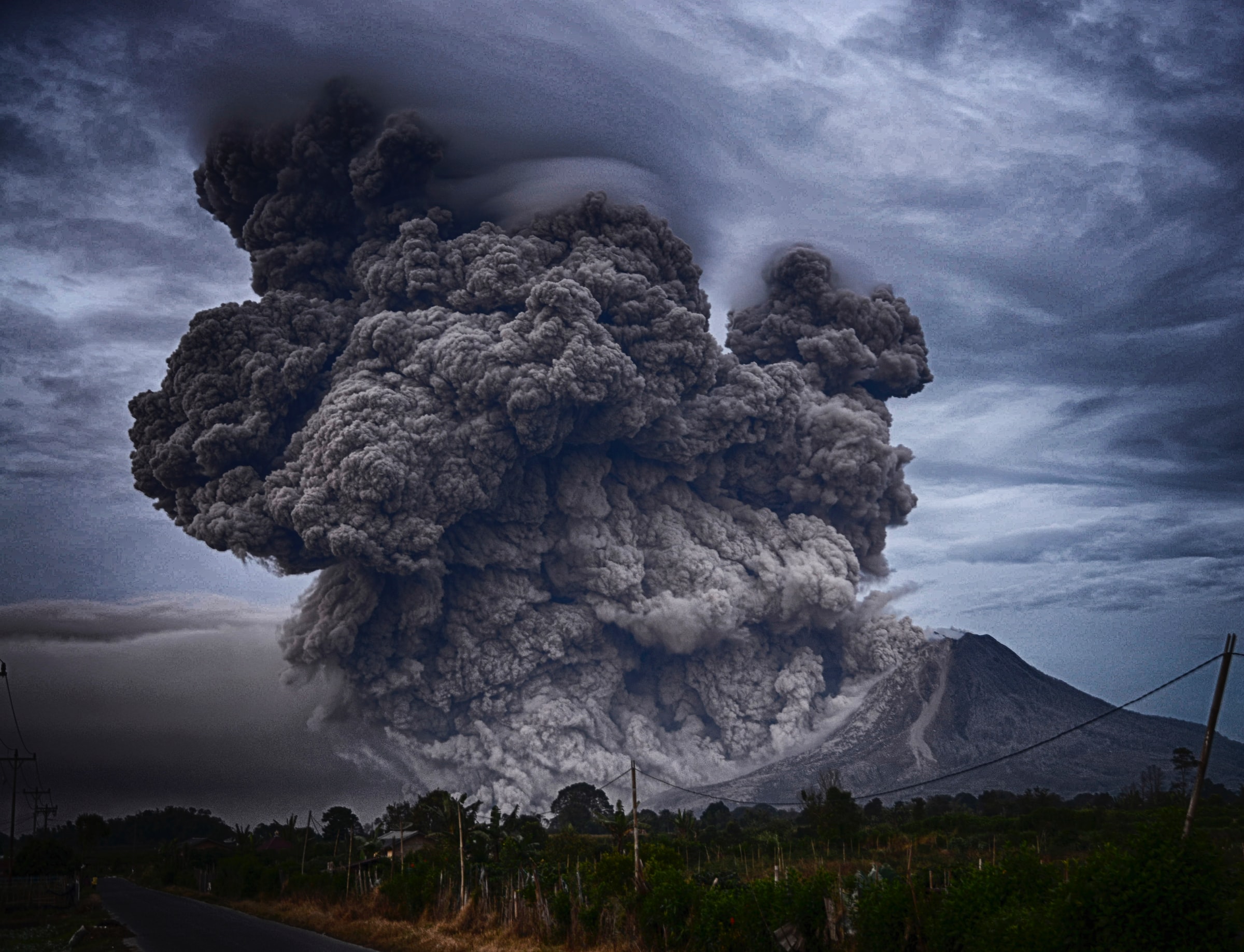From Guest Blogger Jane Marsh: The Role of Fuel Cell Technology in Disaster Recovery

Using hydrogen as a fuel source may bring back unpleasant memories of the Hindenberg Disaster in 1937, but our technology has evolved quite a bit since then. Today, hydrogen fuel cells are self-contained, emit water and oxygen as their only exhaust and while not as common as electric vehicles or other green and sustainable options, are slowly emerging as another eco-friendly alternative.
Beyond passenger cars and construction equipment, there are also applications for this clean technology as a tool for disaster recovery. How can hydrogen fuel cells help aid recovery after a natural or human-made disaster?
Disasters Are Growing Worse
Climate change is having a devastating effect on natural disasters around the globe. Heatwaves, floods, massive storms, and wildfires are sweeping the globe, devouring everything in their path. As the planet warms, thanks to climate change, these disasters will only continue to get worse.
Many of these disasters will also happen in quick succession — wildfires will strip the landscape, then the rains that follow will trigger flash floods because there is no longer any vegetation to stop the heavy rains from washing away the top layers of soil.
These chain reactions are happening everywhere. Heatwaves — even in places like Europe and the Pacific Northwest that typically have mild summers — are leading to droughts and wildfires.
Overcoming Power Loss
There are a variety of challenges that affect the population after a disaster but the most common is power loss. High winds break power lines, wildfires overrun power stations, and leave homes and businesses without power.
In addition to making things uncomfortable for residents, a lack of power can interfere with emergency responders and their ability to help those affected by a disaster. These can be clean alternatives that are easy to transport and set up. Homeowners can even invest in fuel cell generators for their own homes as a backup power source instead of relying on more traditional diesel generators or battery backups.
An Ounce of Prevention
They say an ounce of prevention is worth a pound of cure, but while we can’t prevent weather or natural disasters, we can prepare for them and even predict them with a growing amount of accuracy.
We can track hurricane paths, study earthquakes and predict where tsunamis might land or when volcanoes might erupt. Other disasters, like wildfires, floods, and tornadoes, are more difficult to predict, leaving those in their paths with minutes to take shelter or escape — if they’re lucky. The average lead time for a tornado warning is only about nine minutes as of 2021.
Researchers are using artificial intelligence and machine learning to better predict these disasters before they happen, by collecting data on past events and comparing them to current criteria. From there, these systems can determine the probability of a disaster occurring. Google is working on a system to predict flooding in India, a part of the world prone to monsoons. The downside of these systems is that the computers that run the programs, and the sensors that collect the data both require power.
A hydrogen fuel cell backup generator could be invaluable if the power grid fails during a disaster, allowing researchers to continue to collect data throughout the disaster to aid in the predictions of new ones.
Supporting Restoration Efforts
Some forms of restoration — such as starting repairs after floods or other forms of water damage — need to start as soon as possible, as soon as it’s safe to return to the space. The longer that water damage is allowed to sit, the more likely it is that mold and mildew will grow, making the damage even more difficult to repair. Hydrogen fuel cell generators could help to support property restoration efforts before the power grid is back up and running.
It’s Time To Start Preparing
Disasters aren’t always avoidable, but hydrogen fuel cell technology can help support both rescue and recovery efforts while we wait for the power grid to be restored.
